How are your savings and investments doing at the moment? If you’re fortunate enough to have cash stashed away in a bank, you’ll be doing well to get a heady half-a-per cent return on your money. However, if you’d have ‘invested’ in your favourite classic hot hatchback five years ago, you could have doubled your money.
The eighties and nineties performance car market is currently soaring, and it’s not exotic supercars that are flying highest; it’s the hot hatchbacks, roadsters and performance saloons. These are cars which were once as common as white lines on British roads, but have since become almost extinct, as the ravages of time and collisions have taken their toll.
Classic car insurance specialist Hagerty monitors the prices of all classics, and has tracked the meteoric rise of these once-humble machines. A Renault 5 GT Turbo, for example, was worth £10,000 in 2015 if in exceptional condition. Just five years later, its value is now £24,600. The Peugeot 205 GTi has risen from £10,400 to £27,000 in the same period, while a Volkswagen Golf GTI Mk1 has gone from £14,200 to £28,100. Even ‘affordable’ cars such as the Ford Fiesta XR2 are now worth £13,900 according to the guide, while a 1989 Vauxhall Nova SR recently sold at a CCA auction for £11,000.
There are several reasons for this, according to experts. The first is simple nostalgia from enthusiasts, who suddenly find themselves at an age where they have a house, garage and disposable income. Wayne Lamport owns Stone Cold Classics in Kent, one of a number of specialist dealers that have sprung up to feed the new demand for modern classics.
He told us he’s never been busier: “People who were young in the eighties and nineties are now in their 50s, and they want the car they had – or dreamed of having – back then,” he explained. “They’ve been through 20 years of boring company cars, and they want something exciting again.
“A lot of those cars have been scrapped over the years, because they were seen as throwaway items. In the 2000s, insurance premiums for fast cars were high, so the values were low, and they were tricky to sell. These GTis were just seen as £500 junk, and they got discarded.”
Interestingly, Wayne thinks that French cars like the 205 GTi have appreciated in value faster than a Golf of the same age, because the Peugeots were not as well built, making them rarer today. “I remember 205 GTis just fell to bits. Finding a decent one in the 1990s was hard, let alone 20 years later. A lot of the Japanese stuff from the eighties and nineties fell apart and rusted, too. But Golfs, Corrados and Sciroccos could take the miles and were better made, so they lasted, and there are more around now as a result.”
The 2009-10 scrappage scheme also had a significant effect on this generation of eighties and nineties cars. The Government-run programme offered buyers £2,000 off the price of a new car if they scrapped a vehicle that was more than a decade old, and the list of rarities which were crushed would make an enthusiast weep. It included 31 Peugeot 205 GTis, 14 early Impreza Turbos, and six Renault 5 GT Turbos. Even a rare Clio Williams went to the crusher; that’s a car which would be worth £25,000 today in good condition, according to Hagerty’s figures.
Mike Brewer is the host of Wheeler Dealers, the world’s most watched car TV show, which features the restoration and sale of classics. He told us: “There were two things that happened in 2009 which had a significant effect on values. First there was the financial crisis, which meant people wanted to put their money into something tangible and not into a bank. Then there was the scrappage scheme, which drove up prices of the classics that were left behind.
“The values started to go up at about 15 per cent a year, and have been consistently growing at that rate ever since. It’s got to a point where we see Ford Sierra Cosworths being sold at auction for £155,000.”
Insurance also played a significant part in the death of many of these interesting performance cars, but bizarrely it is now a factor in their popularity. Three decades ago, GTIs and Cosworths were highly prized by criminals, meaning premiums shot up and pushed the car’s value down. Now the same models can be covered under a specialist classic policy, usually for less than £150 if you can put up with restrictions on mileage and usage to make sure it’s not being driven as your everyday car.
If you want to invest in a GTi rather than an ISA, what should you look for? Wayne Lamport’s five rules for buying stock for his business are that the car has to have been desirable when it was new, has had as few owners as possible, comes with a detailed service
history, low miles and has been garaged.
The best cars get snapped up quickly, he said. “You have to spend all of your time online, constantly checking all the selling sites. You can’t go on once a week and hope to find a good car; they just sell instantly.” His top tip for the next big thing is the Audi TT. “A few months ago the best early TTs were two grand. Then they were £3,000, £4,000 and now they can even be £5,000.” BMW E46 M3s (built between 2000 and 2006) are also rising fast. “If you have a nice, low-mileage one, you’re sitting on a valuable thing.”
But unlike Premium Bonds, stocks or savings, it’s important that you invest in this market with your heart. “Buy something you love,” said Wayne. “You’ve got to use a car or it will start to go downhill. It costs money to maintain and needs a bit more effort than money in a bank account. So buy something you will enjoy and can get enthusiastic about. If you’re lucky, you can make some money, but, even if you only break even, you’ll have had some fun.”
Take a look at some of the most conceptual-looking road cars made with our Concept to Reality series here...
from Sitewide RSS feed https://bit.ly/3nJa0ye
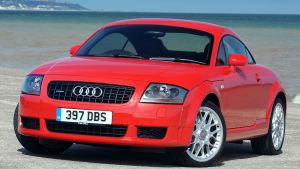
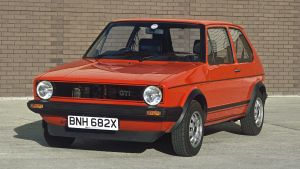
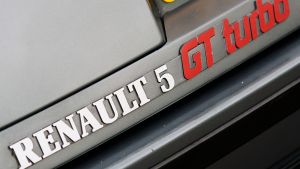
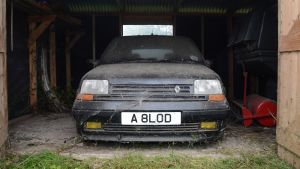

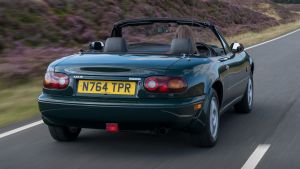

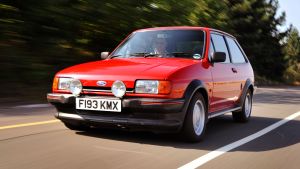
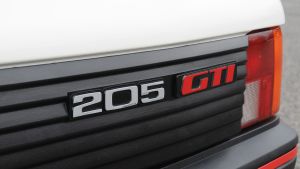
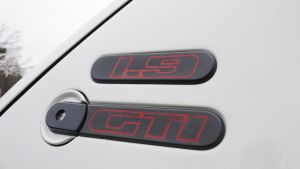
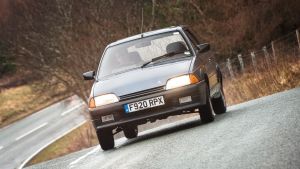
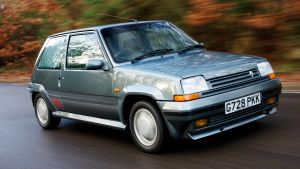

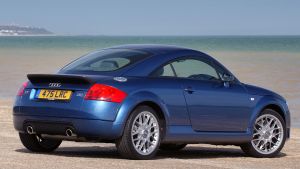
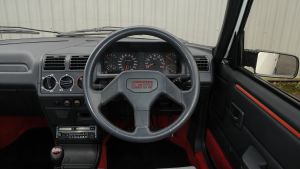
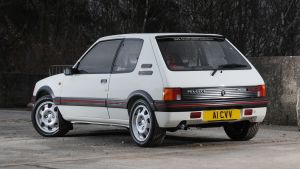
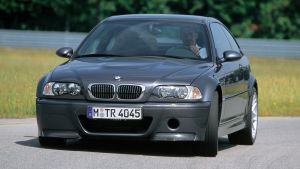

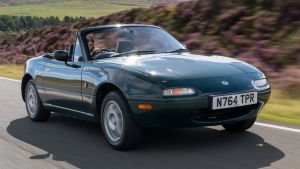
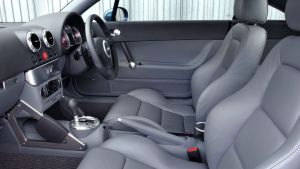
Comments
Post a Comment